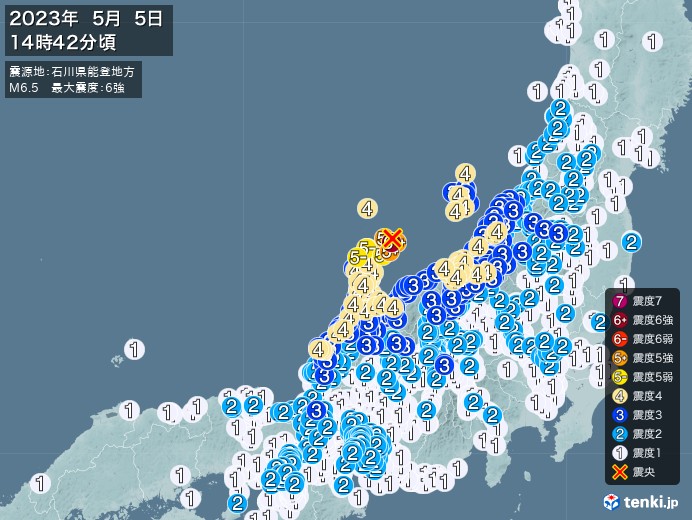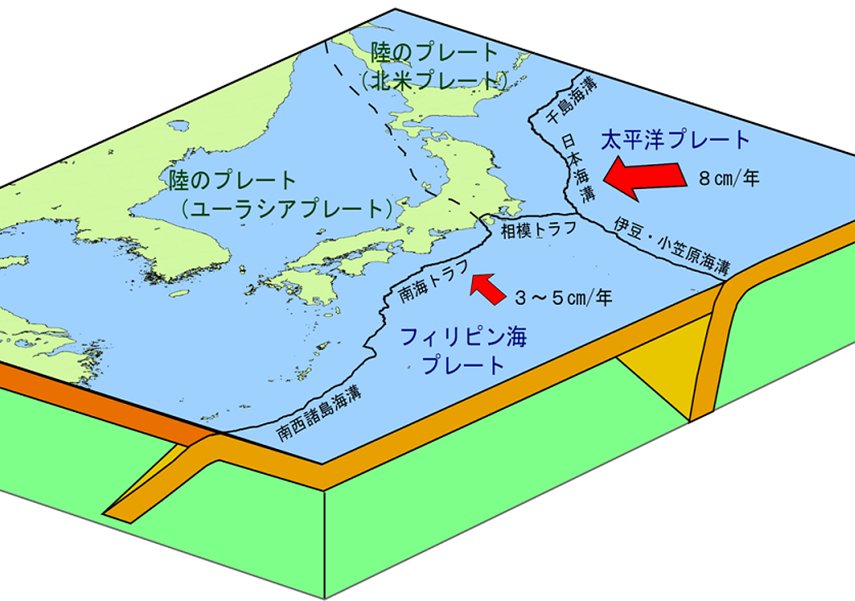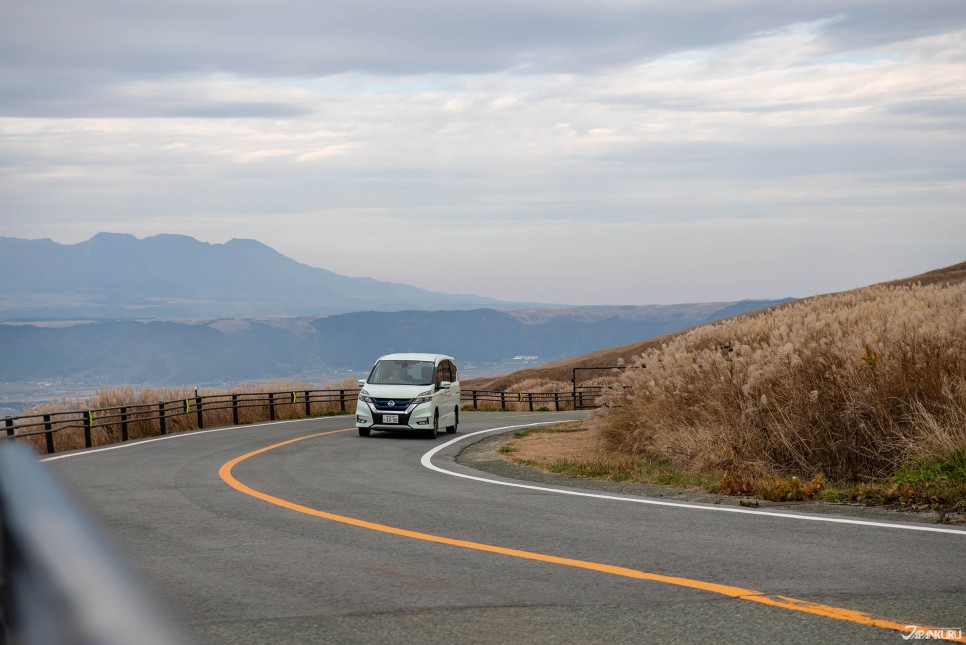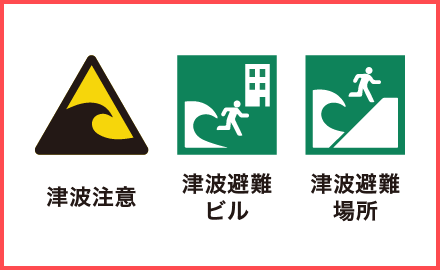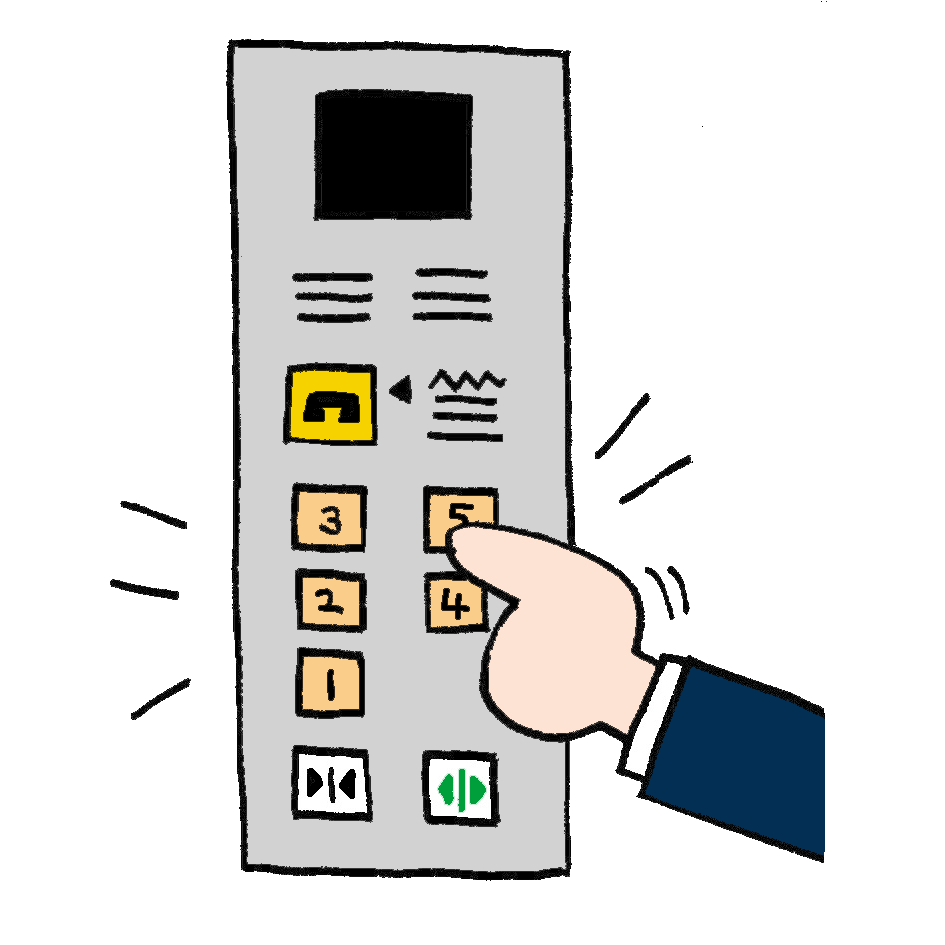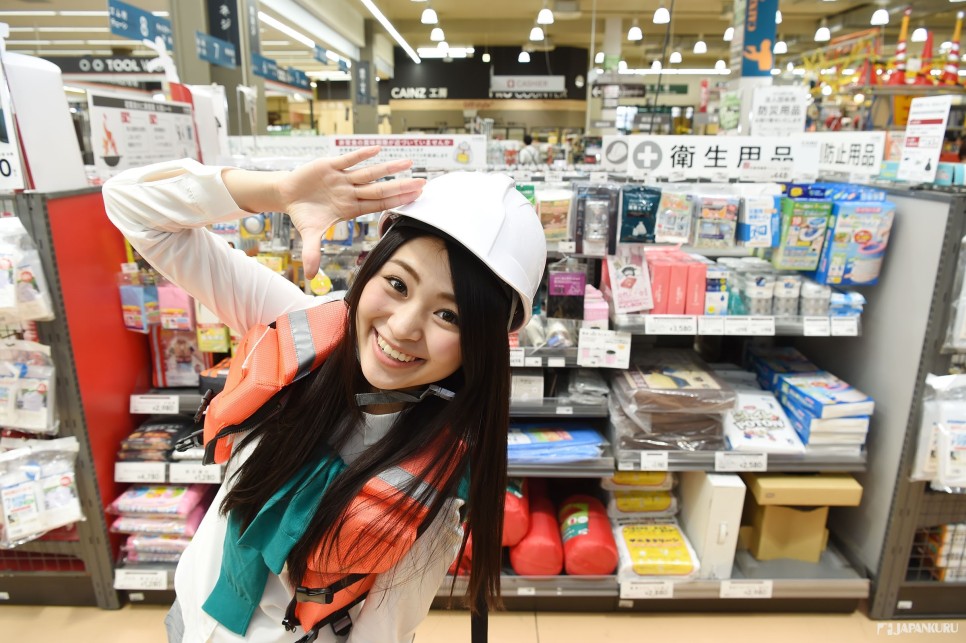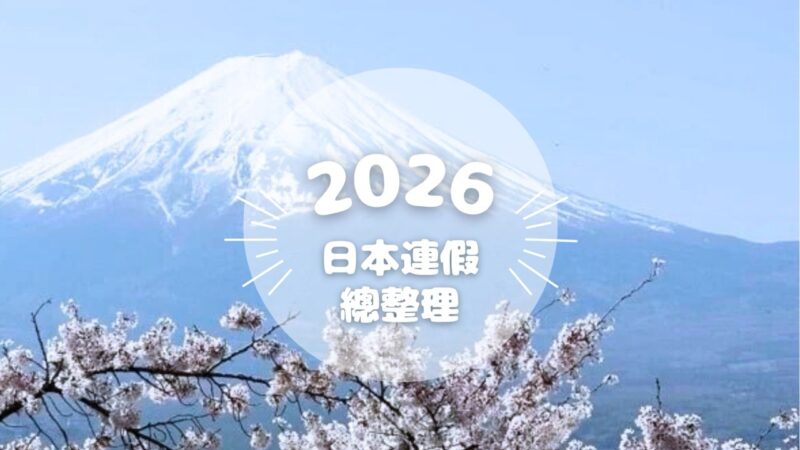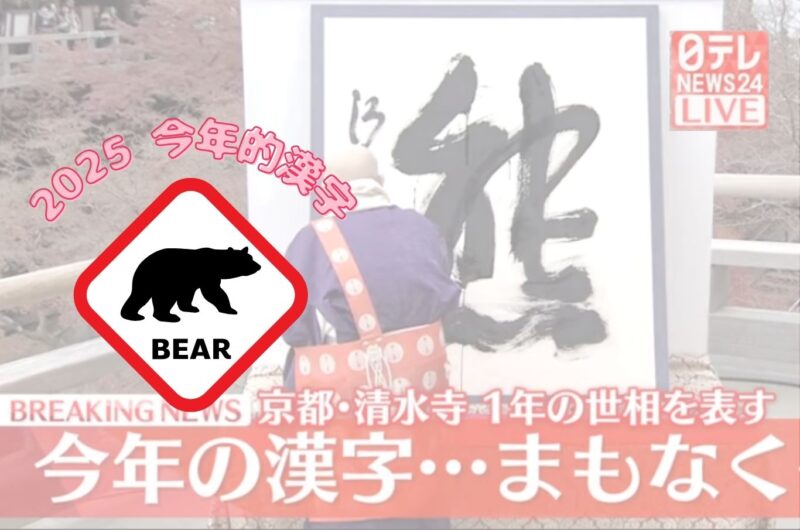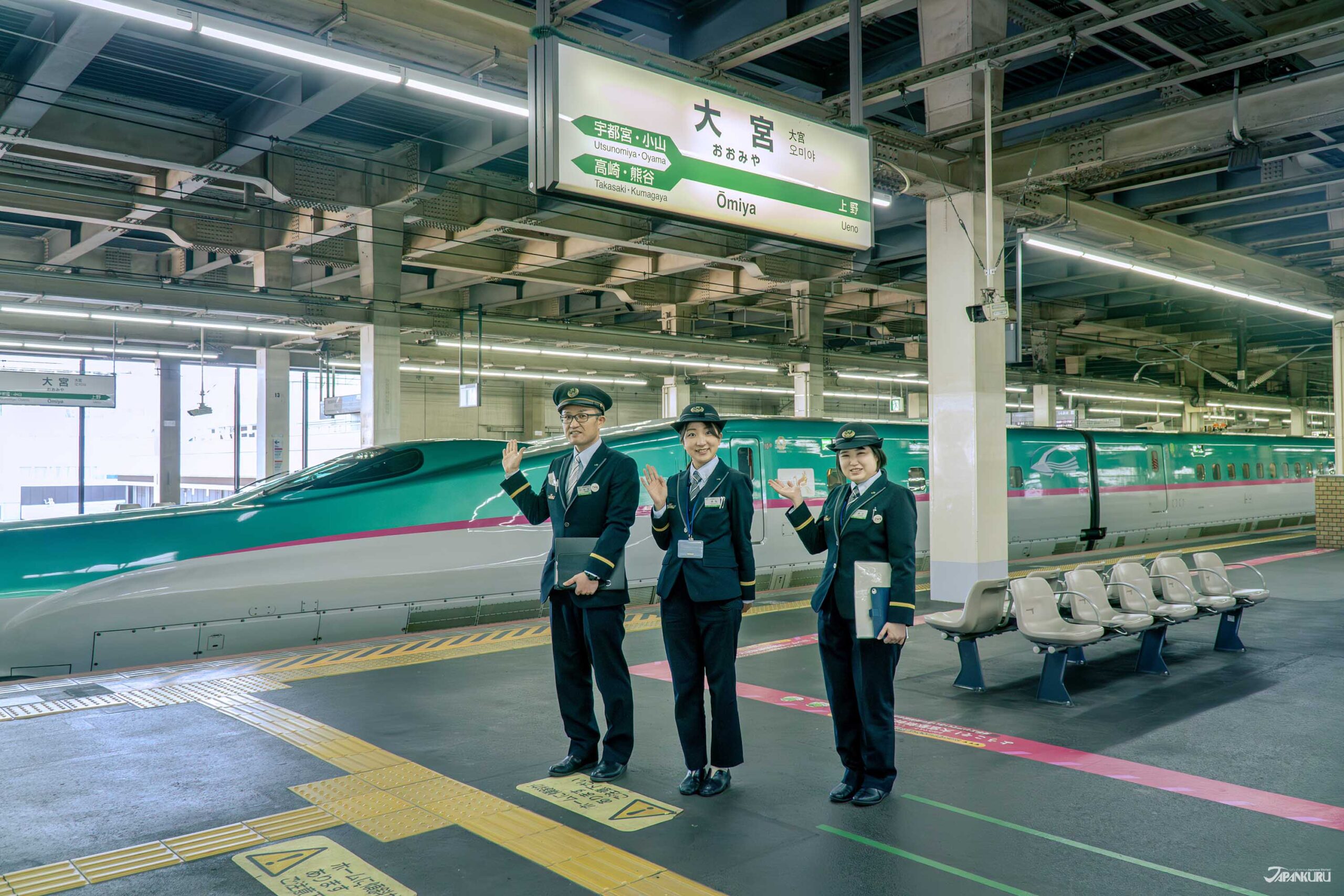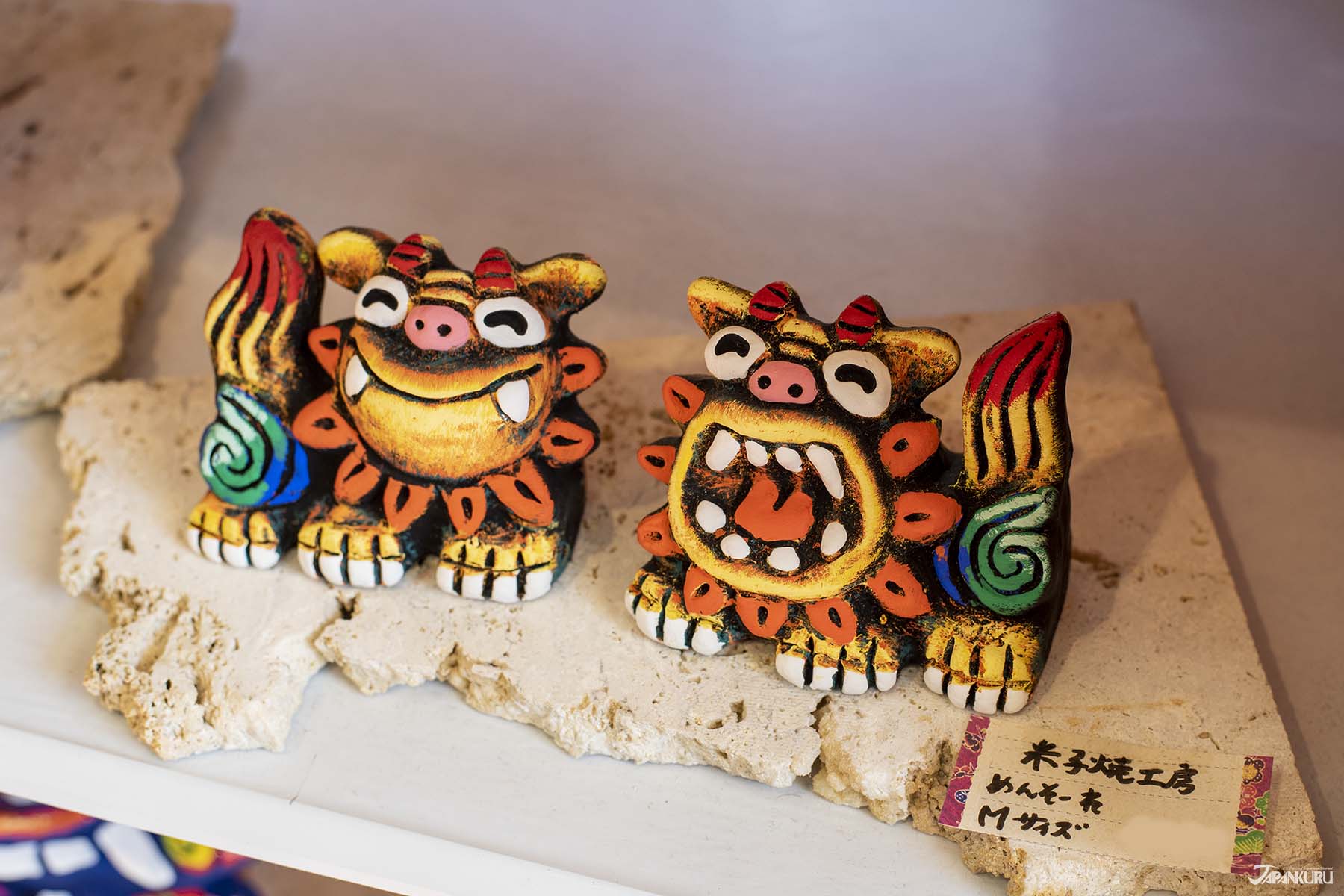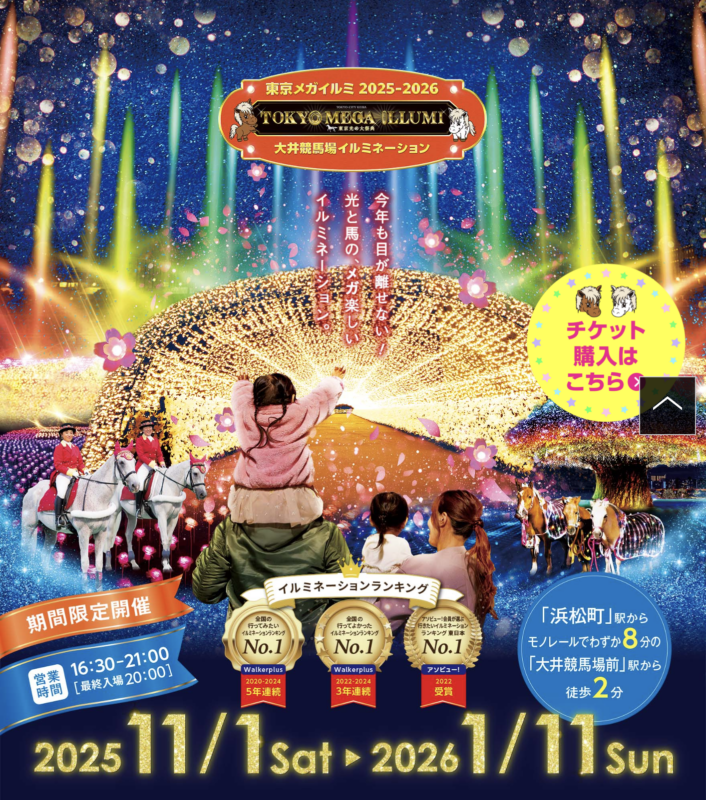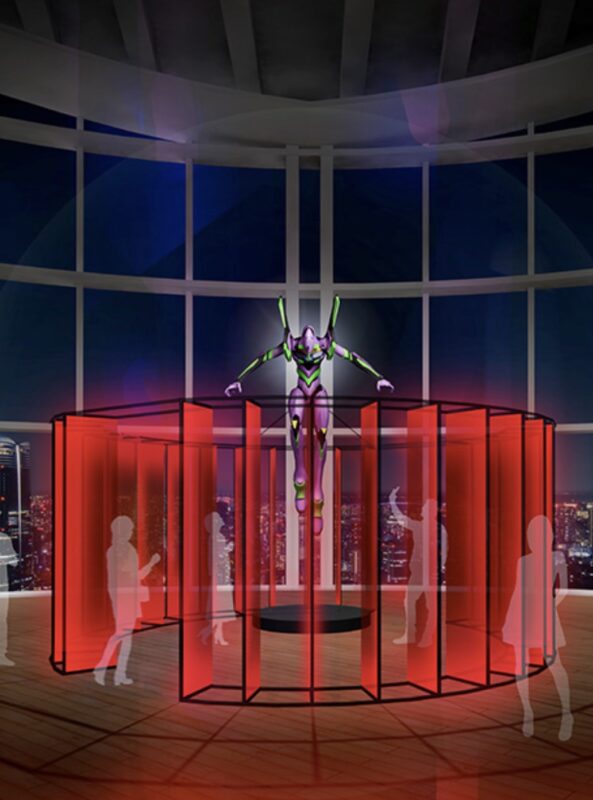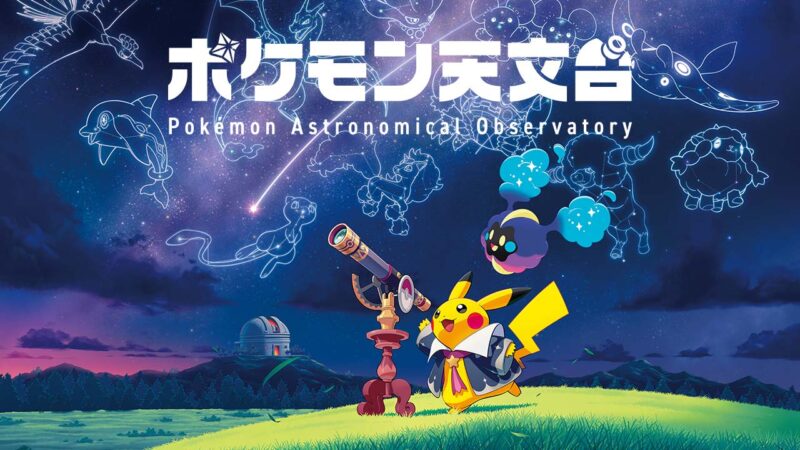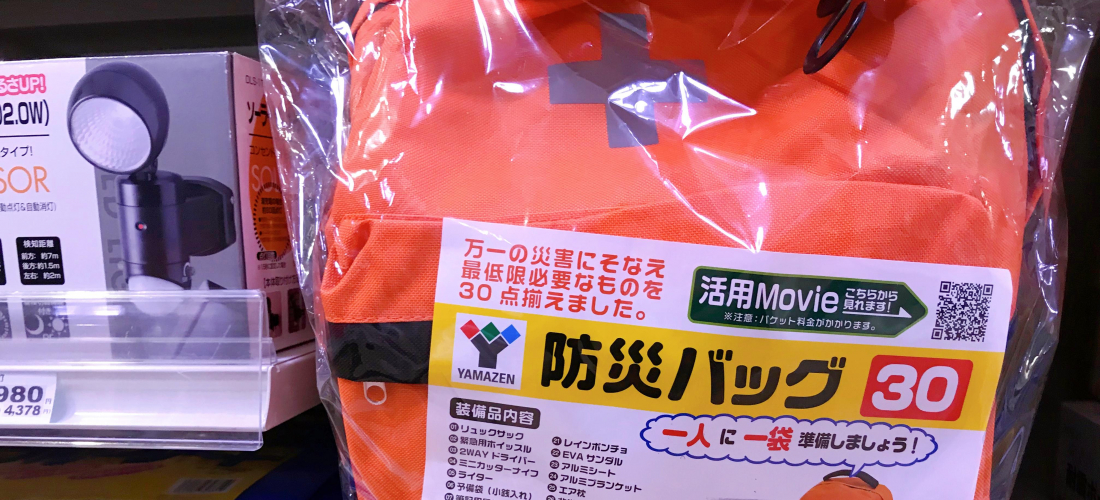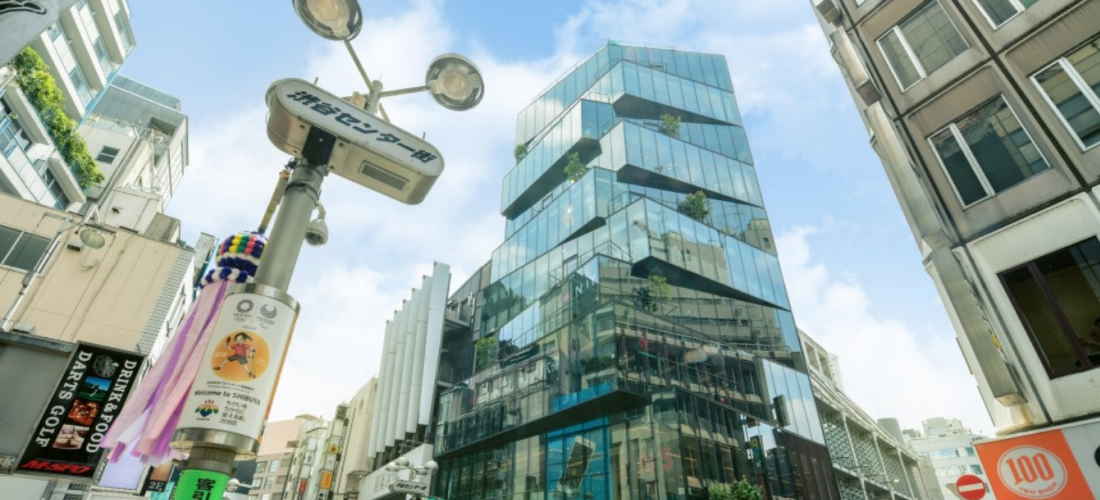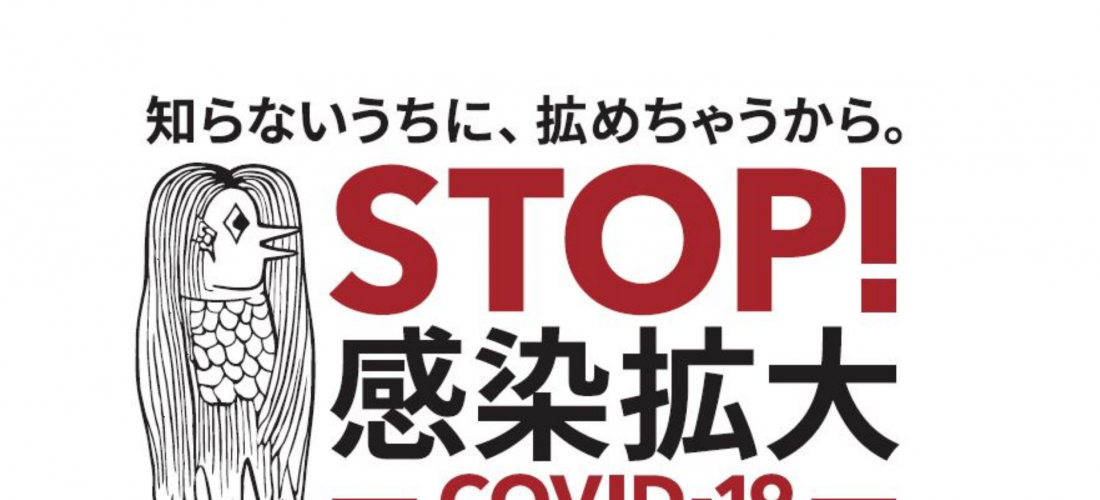CONTENTS
位於地震帶上的日本,全年不定時會有大大小小的地震,若來旅遊出差時遇到規模較大的地震時,你知道該如何應對?
在日本旅遊時的潛在隱憂
位於環太平洋地震帶上的日本,地震多發可說是出了名,且不說2011年的311東日本大地震,去年上映的新海誠的新作《鈴芽之旅(すずめの戸締り)》亦是以此為主題。當然,正因為如此,日本在對於地震的研究及預測上,亦下足了功夫。根據日本氣象廳的研究報告顯示,近年很有可能發生的大規模地震,會是所謂的「南海海盆巨大地震」——主要受災地區以關東到九州的太平洋沿岸地區,並有伴隨大海嘯的危險。
南海海盆地震(南海トラフ地震),主要是指震央在日本駿河灣到日向灘沖一帶板塊交界處的系列地震,從歷史上觀察來看,平均100~150年會發生一次大規模強震。距離上一次震央於此的兩次強震至今,已經過了70年以上,因此專家推測接下來再次發生的可能性頗高。
不過,上面跟大家分享這些,不是要嚇唬大家。一方面是覺得這個研究蠻有趣,一方面也只是想說明無論是在日本旅遊出差還是工作生活,對於遇到地震時該如何應對這件事都蠻重要的。
所以這次,就看看JAPANKURU為大家整理的日本地震避難小貼士,一起留意一下吧。
提醒① 自駕或在車內遇到地震時
對於在都市內遇到強震的避難方法,或許大家都已經有些基本概念,例如要保護好頭部,跑到空曠的地方等。不過若是在戶外自駕時(包含同車乘客),當遇到強震時首先記得先做這兩件事:
1. 打雙黃燈。
2. 將車停靠路邊。
畢竟地震發生時,很容易伴隨火災和海嘯,需要離車避難,而這兩步驟便是離車逃難前的準備。且需要注意的是,離車前務必將車鑰匙留在車上,以便之後方便警消或救護車現場移動車輛。如果遇到塞車的狀況,則可省略前面提到的兩個步驟,直接將車鑰匙留在車上,而人離車避難。
提醒② 關於海嘯避難之又遠又高
圖片來源:全国レンタカー協会
海嘯對於中華圈的我們來說,或許真的相對陌生一些,即便是同樣處於地震帶上的台灣,由於海洋地形的不同,相對日本來說海嘯少。不過大家在日本時,可能有注意到日本其實蠻多地方都會有海嘯或淹水相關的警示標示或避難指示,包括所在地若發生海嘯淹水時可能會有多高水深,或是此處為海嘯避難所等。
若在感受到一定程度的地震,或是收到了海嘯警報(J Alert),請記住「又遠又高」四個字——迅速遠離海岸河岸等水邊,盡可能往高處跑。
海嘯的速度及高度,有看過當年新聞上無限輪迴的日本東北海嘯的影片的朋友,想必印象深刻。因此,到日本近海處活動時,記得留意周遭的標示——海嘯避難所、海嘯避難建築、小心海啸等,以及最快可前往高處避難的路線。
情報伝える「津波フラッグ」 制定3年でも導入半数 https://t.co/7AeqWFymwP
気象庁は再来年までに8割以上の導入を目指していて
— kaku_q (@kaku_q) May 1, 2023
近年來日本各大海水浴場導入了「海嘯旗幟(津波フラッグ)」的警告機制,當收到有海嘯發生可能時,將會有專人在搖起紅白相間的方格旗幟,讓所有包括外國人及聽障人士,更容易接收到海嘯警告。若大家在日本的海水浴場或海邊看到這紅白方格旗,請迅速遠離海邊,並撤離到高處避難。
提醒③ 電梯裡遇到地震時
雖說大家基本都知道火災或地震逃生時,盡量避免使用電梯,但當不巧地震發生時正在電梯中該怎麼辦?無論電梯是否停駛,大家都可以迅速按下所有樓層的按鈕,以便最快安全到達可停靠樓層離開電梯進行避難。若不幸被困在電梯裡面,請不要擅自模仿電影或電視劇,從天花板逃生,請先按下緊急通話鈕,先尋求外界聯絡。若透過電梯的緊急聯絡系統聯絡失敗,則可嘗試用手機向警消聯絡。與此同時,請發出聲音讓電梯外的人知道電梯內有人被困,以間接尋求救援。
聯絡警察可撥打110。
聯絡消防隊救護車則可撥打119。
提醒④ 保護頭部是基本 確認外國遊客防災訊息
儘管也許大家對於地震避難已經有些基本的概念,不過還是一起溫習一下。如果是在城市裡遇到地震,遠離建築體,到空曠區避難是基本。在日本時可留意附近是否有中小學校,通常那邊都會是指定的避難所。逃難的過程中記得用手邊的包包等物品護住頭部,並留意避開頭頂上的招牌或掉落物,同時記得遠離一切玻璃。
另外,日本觀光廳有開發了外國旅客專用的免費防災資訊APP「Safety tips」,以最快並以多國語言提供緊急地震速報、海嘯警報、火山噴發速報等緊急警告及相關資訊。保險起見,其實蠻建議大家到日本前可以安裝在手機內,避免真的遇到災害時可能因為不諳日文而造成的恐慌無措。
日本旅行 有備無患
這次和大家分享了這幾個地震小提醒,以及關於日本地震預測的一些研究消息。再次聲明,這裡不是說要嚇唬大家別來日本,或是在日本活動時要緊張兮兮的——日本的地震真的蠻多發,大家對於震度的感受也不大一樣。只是災難這種事本來就難預測,而防災的意識和判斷亦少不了在日常生活中的培養。
只道是「有備無患」吧。
希望我們的這次分享,能為你的日本之旅增加一些保障囉。
如果你正在日本生活,或打算到日本留學工作,那麼不知道你是否有準備防災包在家了呢?
COMMENT
FEATURED MEDIA
全部文章 
A New Tokyo Animal Destination: Relax & Learn About the World’s Animals in Japan
#pr #japankuru #anitouch #anitouchtokyodome #capybara #capybaracafe #animalcafe #tokyotrip #japantrip #카피바라 #애니터치 #아이와가볼만한곳 #도쿄여행 #가족여행 #東京旅遊 #東京親子景點 #日本動物互動體驗 #水豚泡澡 #東京巨蛋城 #เที่ยวญี่ปุ่น2025 #ที่เที่ยวครอบครัว #สวนสัตว์ในร่ม #TokyoDomeCity #anitouchtokyodome

Shohei Ohtani Collab Developed Products & Other Japanese Drugstore Recommendations From Kowa
#pr #japankuru
#kowa #syncronkowa #japanshopping #preworkout #postworkout #tokyoshopping #japantrip #일본쇼핑 #일본이온음료 #오타니 #오타니쇼헤이 #코와 #興和 #日本必買 #日本旅遊 #運動補充能量 #運動飲品 #ช้อปปิ้งญี่ปุ่น #เครื่องดื่มออกกำลังกาย #นักกีฬา #ผลิตภัณฑ์ญี่ปุ่น #อาหารเสริมญี่ปุ่น

도쿄 근교 당일치기 여행 추천! 작은 에도라 불리는 ‘가와고에’
세이부 ‘가와고에 패스(디지털)’ 하나면 편리하게 이동 + 가성비까지 완벽하게! 필름카메라 감성 가득한 레트로 거리 길거리 먹방부터 귀여움 끝판왕 핫플&포토 스폿까지 총집합!
Looking for day trips from Tokyo? Try Kawagoe, AKA Little Edo!
Use the SEIBU KAWAGOE PASS (Digital) for easy, affordable transportation!
Check out the historic streets of Kawagoe for some great street food and plenty of picturesque retro photo ops.
#pr #japankuru #도쿄근교여행 #가와고에 #가와고에패스 #세이부패스 #기모노체험 #가와고에여행 #도쿄여행코스 #도쿄근교당일치기 #세이부가와고에패스
#tokyotrip #kawagoe #tokyodaytrip #seibukawagoepass #kimono #japantrip

Hirakata Park, Osaka: Enjoy the Classic Japanese Theme Park Experience!
#pr #japankuru #hirakatapark #amusementpark #japantrip #osakatrip #familytrip #rollercoaster #retrôvibes #枚方公園 #大阪旅遊 #關西私房景點 #日本親子旅行 #日本遊樂園 #木造雲霄飛車 #히라카타파크 #สวนสนุกฮิราคาตะพาร์ค

🍵Love Matcha? Upgrade Your Matcha Experience With Tsujiri!
・160년 전통 일본 말차 브랜드 츠지리에서 말차 덕후들이 픽한 인기템만 골라봤어요
・抹茶控的天堂!甜點、餅乾、飲品一次滿足,連伴手禮都幫你列好清單了
・ส่องมัทฉะสุดฮิต พร้อมพาเที่ยวร้านดังในอุจิ เกียวโต
#pr #japankuru #matcha #matchalover #uji #kyoto #japantrip #ujimatcha #matchalatte #matchasweets #tsujiri #말차 #말차덕후 #츠지리 #교토여행 #말차라떼 #辻利抹茶 #抹茶控 #日本抹茶 #宇治 #宇治抹茶 #日本伴手禮 #抹茶拿鐵 #抹茶甜點 #มัทฉะ #ของฝากญี่ปุ่น #ชาเขียวญี่ปุ่น #ซึจิริ #เกียวโต

・What Is Nenaito? And How Does This Sleep Care Supplement Work?
・你的睡眠保健品——認識「睡眠茶氨酸錠」
・수면 케어 서플리먼트 ‘네나이토’란?
・ผลิตภัณฑ์เสริมอาหารดูแลการนอน “Nenaito(ネナイト)” คืออะไร?
#pr #japankuru #sleepcare #japanshopping #nenaito #sleepsupplement #asahi #睡眠茶氨酸錠 #睡眠保健 #朝日 #l茶胺酸 #日本藥妝 #日本必買 #일본쇼핑 #수면 #건강하자 #네나이토 #일본영양제 #อาหารเสริมญี่ปุ่น #ช้อปปิ้งญี่ปุ่น #ร้านขายยาญี่ปุ่น #ดูแลตัวเองก่อนนอน #อาซาฮิ

Japanese Drugstore Must-Buys! Essential Items from Hisamitsu® Pharmaceutical
#PR #japankuru #hisamitsu #salonpas #feitas #hisamitsupharmaceutical #japanshopping #tokyoshopping #traveltips #japanhaul #japantrip #japantravel

Whether you grew up with Dragon Ball or you just fell in love with Dragon Ball DAIMA, you'll like the newest JINS collab. Shop this limited-edition Dragon Ball accessory collection to find some of the best Dragon Ball merchandise in Japan!
>> Find out more at Japankuru.com! (link in bio)
#japankuru #dragonball #dragonballdaima #animecollab #japanshopping #jins #japaneseglasses #japantravel #animemerch #pr

This month, Japankuru teamed up with @official_korekoko to invite three influencers (originally from Thailand, China, and Taiwan) on a trip to Yokohama. Check out the article (in Chinese) on Japankuru.com for all of their travel tips and photography hints - and look forward to more cool collaborations coming soon!
【橫濱夜散策 x 教你怎麼拍出網美照 📸✨】
每次來日本玩,是不是都會先找旅日網紅的推薦清單?
這次,我們邀請擁有日本豐富旅遊經驗的🇹🇭泰國、🇨🇳中國、🇹🇼台灣網紅,帶你走進夜晚的橫濱!從玩樂路線到拍照技巧,教你怎麼拍出最美的夜景照。那些熟悉的景點,換個視角說不定會有新發現~快跟他們一起出發吧!
#japankuru #橫濱紅磚倉庫 #汽車道 #中華街 #yokohama #japankuru #橫濱紅磚倉庫 #汽車道 #中華街 #yokohama #yokohamaredbrickwarehouse #yokohamachinatown

If you’re a fan of Vivienne Westwood's Japanese designs, and you’re looking forward to shopping in Harajuku this summer, we’ve got important news for you. Vivienne Westwood RED LABEL Laforet Harajuku is now closed for renovations - but the grand reopening is scheduled for July!
>> Find out more at Japankuru.com! (link in bio)
#japankuru #viviennewestwood #harajuku #omotesando #viviennewestwoodredlabel #viviennewestwoodjapan #비비안웨스트우드 #오모테산도 #하라주쿠 #日本購物 #薇薇安魏斯伍德 #日本時尚 #原宿 #表參道 #japantrip #japanshopping #pr

Ready to see TeamLab in Kyoto!? At TeamLab Biovortex Kyoto, the collective is taking their acclaimed immersive art and bringing it to Japan's ancient capital. We can't wait to see it for ourselves this autumn!
>> Find out more at Japankuru.com! (link in bio)
#japankuru #teamlab #teamlabbiovortex #kyoto #kyototrip #japantravel #artnews
Photos courtesy of teamLab, Exhibition view of teamLab Biovortex Kyoto, 2025, Kyoto ® teamLab, courtesy Pace Gallery

Japanese Makeup Shopping • A Trip to Kamakura & Enoshima With Canmake’s Cool-Toned Summer Makeup
#pr #canmake #enoshima #enoden #에노시마 #캔메이크 #japanesemakeup #japanesecosmetics

⚔️The Robot Restaurant is gone, but the Samurai Restaurant is here to take its place. Check it out, and don't forget your coupon!
🍣신주쿠의 명소 로봇 레스토랑이 사무라이 레스토랑으로 부활! 절찬 쿠폰 발급중
💃18歲以上才能入場的歌舞秀,和你想的不一樣!拿好優惠券去看看~
#tokyo #shinjuku #samurairestaurant #robotrestaurant #tokyotrip #도쿄여행 #신주쿠 #사무라이레스토랑 #이색체험 #할인이벤트 #歌舞伎町 #東京景點 #武士餐廳 #日本表演 #日本文化體驗 #japankuru #japantrip #japantravel #japanlovers #japan_of_insta

Japanese appliance & electronics shopping with our KOJIMA x BicCamera coupon!
用JAPANKURU的KOJIMA x BicCamera優惠券買這些正好❤️
코지마 x 빅 카메라 쿠폰으로 일본 가전 제품 쇼핑하기
#pr #japankuru #japanshopping #kojima #biccamera #japaneseskincare #yaman #dji #osmopocket3 #skincaredevice #日本購物 #美容儀 #相機 #雅萌 #日本家電 #일본여행 #면세 #여행꿀팁 #일본쇼핑리스트 #쿠폰 #일본쇼핑 #일본브랜드 #할인 #코지마 #빅카메라 #japankurucoupon


